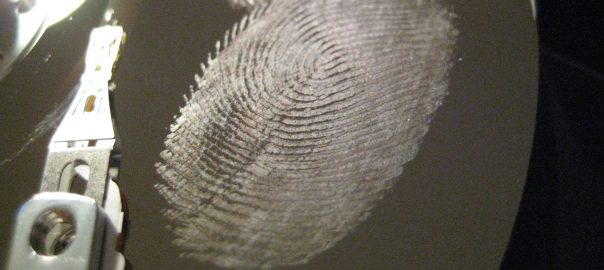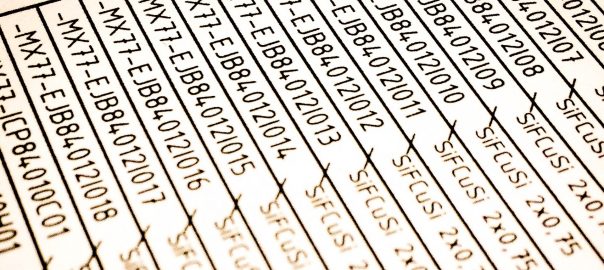It is quite common that organizations use some kind of TLS decryption to have a look at the client traffic in order to protect against malware or evasion. (Some synonyms are SSL/TLS interception, decryption, visibility, man-in-the-middle, …) Next-generation firewalls as well as proxies implement such techniques, e.g., Palo Alto Networks or Blue Coat. To omit the certificate warnings by the clients, all spoofed certificates are signed by an internal root CA that is known to all internal clients. For example, the root CA is published via group policies to all end nodes.
But what happens if the DNS-based Authentication of Named Entities (DANE) is widely used within browsers? From the CA perspective, the spoofed certificates are valid, but not from the DANE perspective. To my mind we need something like an on-the-fly TLSA record spoofing technique that works in conjunction with TLS decryption.
Continue reading Idea: On-the-Fly TLSA Record Spoofing →














